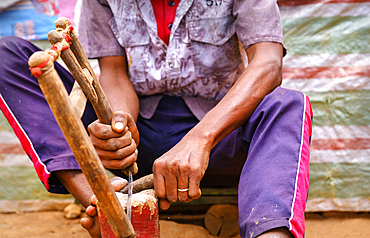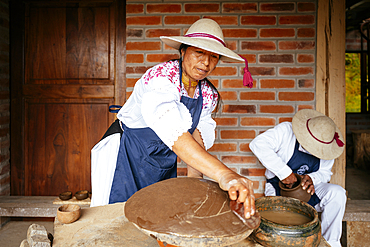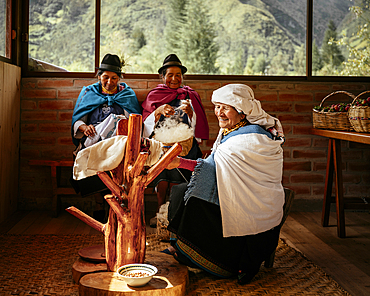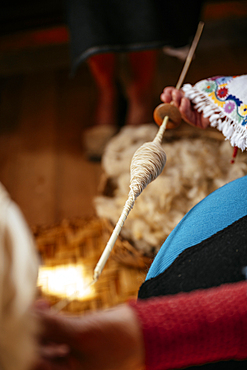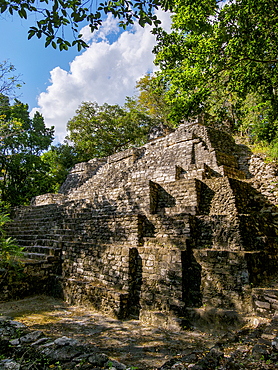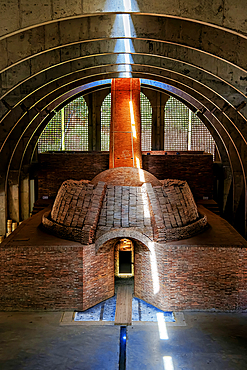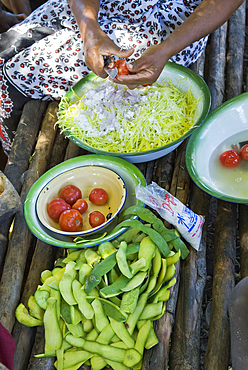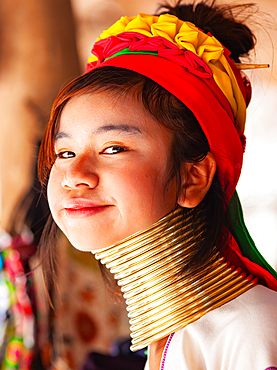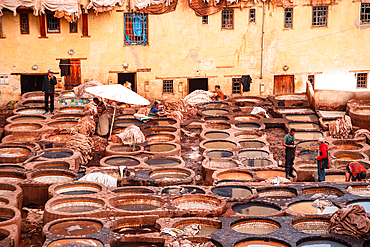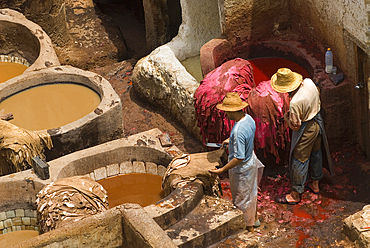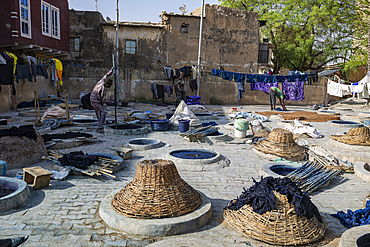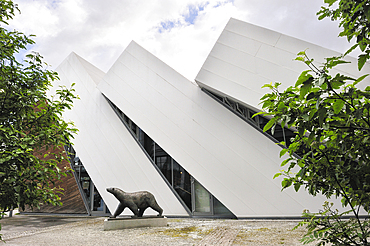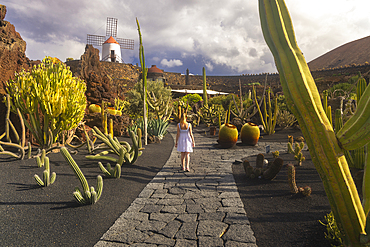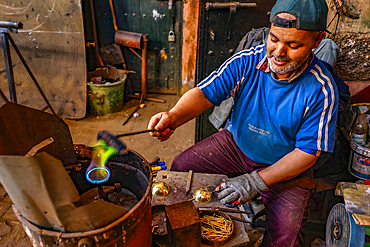Results
41 results found
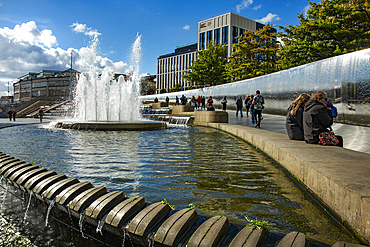
Cutting Edge steel wall and cascading water feature outside Sheffield railway station, Sheffield Gateway, Sheffield, Yorkshire, England
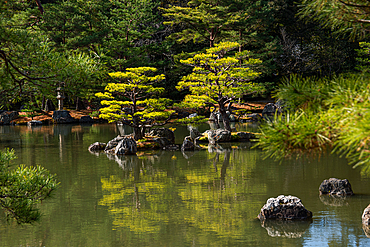
Japanese Zen garden lake Kinkaku-ji (Temple of the Golden Pavilion), UNESCO World Heritage Site, Kyoto, Honshu, Japan, Asia
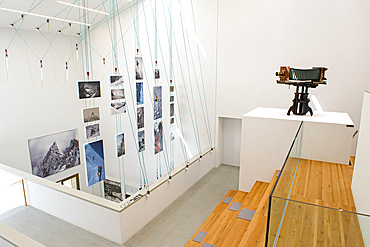
LUMEN, Museum of Mountain Photography, Kronplatz (Plan de Corones), near Brunico (Bruneck), Dolomites, South Tyrol, Italy
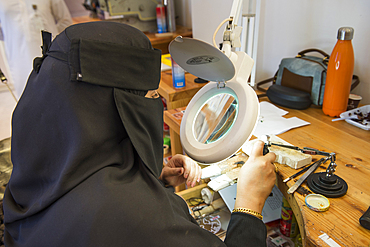
Jewellery workshop, Madrasat Addeera, an artistic space where women learn crafts to be sold in AlUla, Medina Province, Saudi Arabia
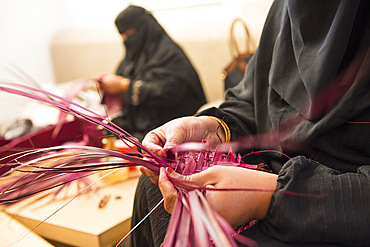
Weaving and basketry workshop, Madrasat Addeera, an artistic space where women learn crafts to be sold in AlUla, Medina Province, Saudi Arabia
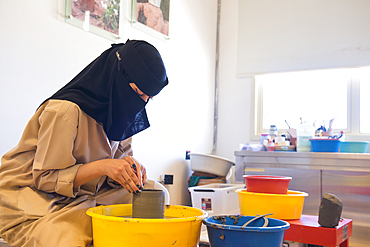
Pottery workshop, Madrasat Addeera, an artistic space where women learn crafts to be sold in the old town of AlUla, Medina Province, Saudi Arabia
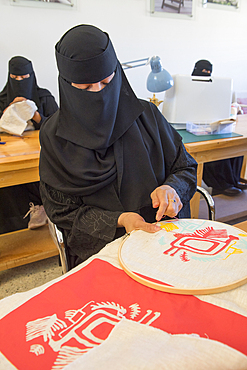
Sewing and embroidery workshop, Madrasat Addeera, an artistic space where women learn crafts to be sold in AlUla, Medina Province, Saudi Arabia
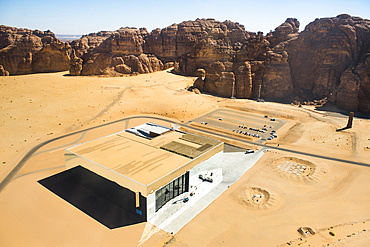
Aerial view of the Maraya Theatre, architect Studio Gio Forma, mirrored structure in AlUla's Ashar Valley, AlUla, Medina Province, Saudi Arabia

Welcoming ceremony, Our Habitas AlUla, a sustainable resort in ancient oasis in desert canyons of the Ashar Valley, Medina Province, Saudi Arabia
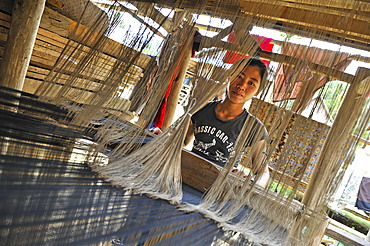
Young woman weaving in a village where both Khmu and Hmong live, in mountain massif near Nong Khiaw, Luang Prabang Province, Laos
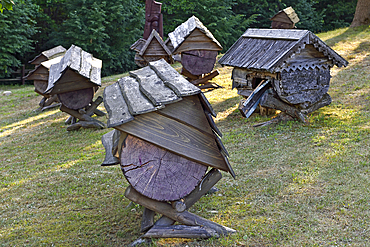
Ancient beehives in the Beekeeping Museum, Stripeikiai, Aukstaitija National Park, Lithuania, Europe
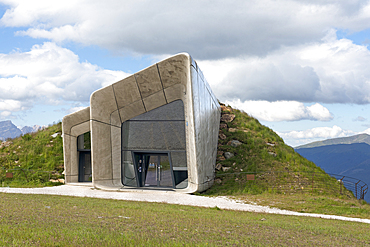
Messner Mountain Museum (MMM), Kronplatz (Plan de Corones), Dolomites, near Brunico (Bruneck), South Tyrol (Alto Adige), Italy
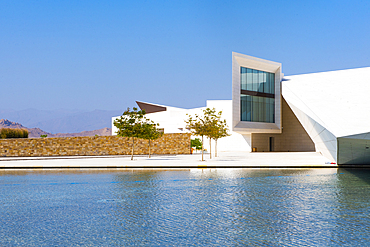
Oman Across The Ages Museum, Architect Cox Architecture, 2023, Wilayat of Manah, Ad Dakhiliyah Governate, Sultanate of Oman, Arabian Peninsula
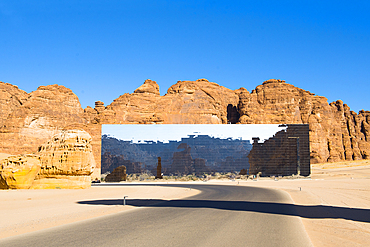
Maraya Theatre, architect Studio Gio Forma, mirrored structure seeming to disappear in AlUla's Ashar Valley, AlUla, Medina Province, Saudi Arabia
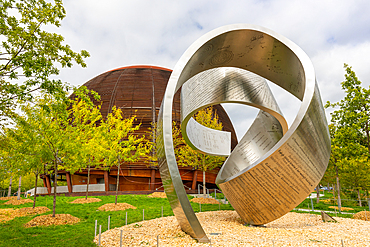
CERN, Wandering the Immeasurable, steel structure, Globe of Science and Innovation in background, Geneva, Switzerland
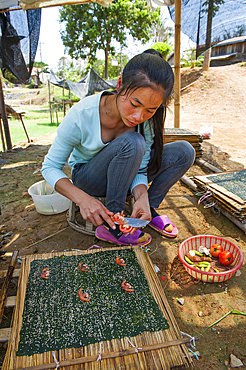
Young woman making Kai Paen, dried river weed sheets sprinkled with sesame seeds, thinly sliced tomatoes and garlic, northern Laos

Woman spinning, making reel of cotton thread, village around Nong Khiaw, District of Luang Prabang, Northern Laos

Woman spinning, making reel of cotton thread, village around Nong Khiaw, District of Luang Prabang, Northern Laos

Woman making weaving warp, from Akha Puli tribe living in village in the mountains surrounding Muang La, Oudomxay Province, northwestern Laos

Stellenbosch Information Sign Made of Wine Corks, Stellenbosch, Western Cape Province, South Africa, Africa
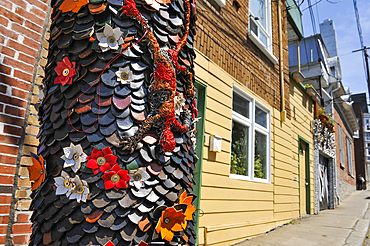
Street art of Ste-Claire street in St-Jean-Baptiste district, by the visual artist Sylvain Michaud, Quebec City, Province of Quebec, Canada, North America
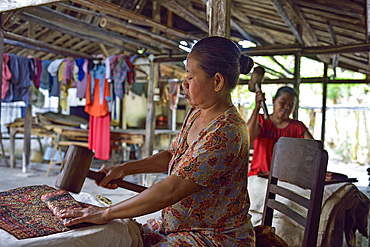
Woman using a mallet to fold batik fabric, Nyah Kiok batik house, craft production by seven women for over 30 years, Lasem, Java island, Indonesia, Southeast Asia, Asia
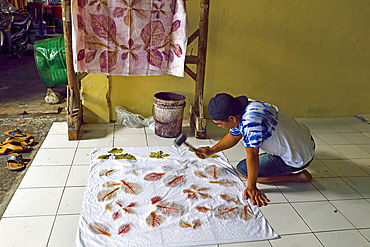
Lurik House workshop using eco-printing technique, using sap from teak leaves as natural dyes, and at the same time creating the motif, Dien by Dinar, contemporary batik, Sondakan district, Solo (Surakarta), Java island, Indonesia, Southeast Asia, Asia
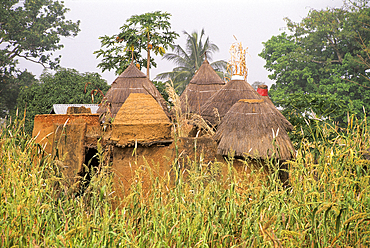
Fortified house, known as Tata Somba ('Somba house') in a Tammari (also known as Batammariba, Tamberma, Somba, Otamari) village, Atakora department, Benin, Gulf of Guinea, West Africa

View of wooden rice buckets in the Higashi Chaya District, Kanazawa City, Ishikawa Prefecture, Honshu, Japan
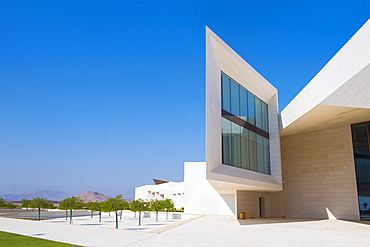
Oman Across The Ages Museum, Architect Cox Architecture, 2023, Wilayat of Manah, Ad Dakhiliyah Governate, Sultanate of Oman, Arabian Peninsula
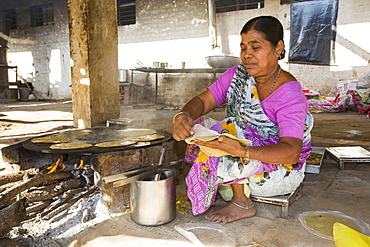
The Muni Seva Ashram in Goraj, near Vadodara, India, is a tranquil haven of humanitarian care. The Ashram is hugely sustainable, next year it will be completely carbon neutral. Its first solar panels were installed in 1984, long before climate change was on anyones agenda. Their energy is provided from solar panels, and wood grown on the estate. Waste food and animal manure is turned inot biogas to run the estates cars and also used for cooking. Solar cookers are also used, and the air conditioning for the hospital is solar run. 70 % of the food used is grown on the estate. They provide an orphanage, schools for all ages, vocational training, care for the elderly, a specialist cancer hospital withstate of the art machinary, and even have a solar crematorium. This shot shows a cook preparing chapatis on a biofuel stove.
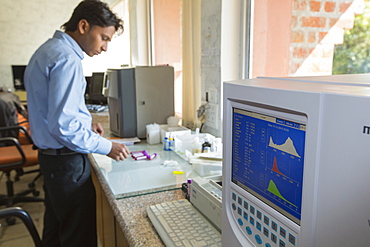
The Muni Seva Ashram in Goraj, near Vadodara, India, is a tranquil haven of humanitarian care. The Ashram is hugely sustainable, next year it will be completely carbon neutral. Its first solar panels were installed in 1984, long before climate change was on anyones agenda. Their energy is provided from solar panels, and wood grown on the estate. Waste food and animal manure is turned inot biogas to run the estates cars and also used for cooking. Solar cookers are also used, and the air conditioning for the hospital is solar run. 70 % of the food used is grown on the estate. They provide an orphanage, schools for all ages, vocational training, care for the elderly, a specialist cancer hospital withstate of the art machinary, and even have a solar crematorium. This shot shows a Hematology Analyzer for analyzing blood in one of the labs in the specialist cancer hospital.
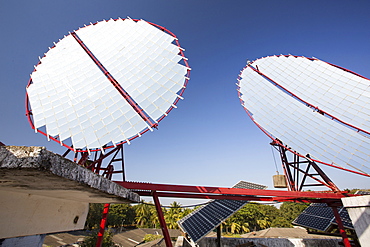
The Muni Seva Ashram in Goraj, near Vadodara, India, is a tranquil haven of humanitarian care. The Ashram is hugely sustainable, next year it will be completely carbon neutral. Its first solar panels were installed in 1984, long before climate change was on anyones agenda. Their energy is provided from solar panels, and wood grown on the estate. Waste food and animal manure is turned inot biogas to run the estates cars and also used for cooking. Solar cookers are also used, and the air conditioning for the hospital is solar run. 70 % of the food used is grown on the estate. They provide an orphanage, schools for all ages, vocational training, care for the elderly, a specialist cancer hospital withstate of the art machinary, and even have a solar crematorium. This shot shows solar panels that focus the suns rays on heat exchangers to boil oil, which is then sent down to the kitchens below to heat the cookers.
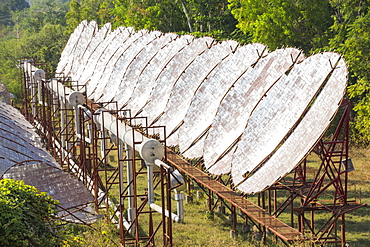
The Muni Seva Ashram in Goraj, near Vadodara, India, is a tranquil haven of humanitarian care. The Ashram is hugely sustainable, next year it will be completely carbon neutral. Its first solar panels were installed in 1984, long before climate change was on anyones agenda. Their energy is provided from solar panels, and wood grown on the estate. Waste food and animal manure is turned inot biogas to run the estates cars and also used for cooking. Solar cookers are also used, and the air conditioning for the hospital is solar run. 70 % of the food used is grown on the estate. They provide an orphanage, schools for all ages, vocational training, care for the elderly, a specialist cancer hospital withstate of the art machinary, and even have a solar crematorium. This shot shows the solar air conditioning for the Ashram's hospital.
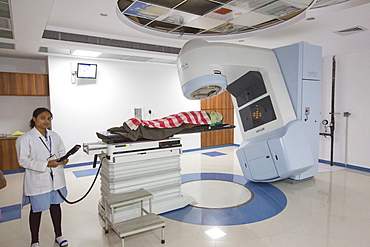
The Muni Seva Ashram in Goraj, near Vadodara, India, is a tranquil haven of humanitarian care. The Ashram is hugely sustainable, next year it will be completely carbon neutral. Its first solar panels were installed in 1984, long before climate change was on anyones agenda. Their energy is provided from solar panels, and wood grown on the estate. Waste food and animal manure is turned inot biogas to run the estates cars and also used for cooking. Solar cookers are also used, and the air conditioning for the hospital is solar run. 70 % of the food used is grown on the estate. They provide an orphanage, schools for all ages, vocational training, care for the elderly, a specialist cancer hospital withstate of the art machinary, and even have a solar crematorium. This shot shows a Varian nuclear proton therapy machine in the specialist cancer hospital.
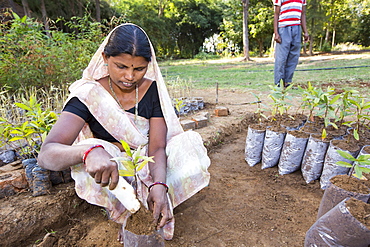
The Muni Seva Ashram in Goraj, near Vadodara, India, is a tranquil haven of humanitarian care. The Ashram is hugely sustainable, next year it will be completely carbon neutral. Its first solar panels were installed in 1984, long before climate change was on anyones agenda. Their energy is provided from solar panels, and wood grown on the estate. Waste food and animal manure is turned inot biogas to run the estates cars and also used for cooking. Solar cookers are also used, and the air conditioning for the hospital is solar run. 70 % of the food used is grown on the estate. They provide an orphanage, schools for all ages, vocational training, care for the elderly, a specialist cancer hospital withstate of the art machinary, and even have a solar crematorium. This shot shows a woman planting trees for onward growth in the Ashrams forests.

The Muni Seva Ashram in Goraj, near Vadodara, India, is a tranquil haven of humanitarian care. The Ashram is hugely sustainable, next year it will be completely carbon neutral. Its first solar panels were installed in 1984, long before climate change was on anyones agenda. Their energy is provided from solar panels, and wood grown on the estate. Waste food and animal manure is turned inot biogas to run the estates cars and also used for cooking. Solar cookers are also used, and the air conditioning for the hospital is solar run. 70 % of the food used is grown on the estate. They provide an orphanage, schools for all ages, vocational training, care for the elderly, a specialist cancer hospital withstate of the art machinary, and even have a solar crematorium. This shot shows the girls school.
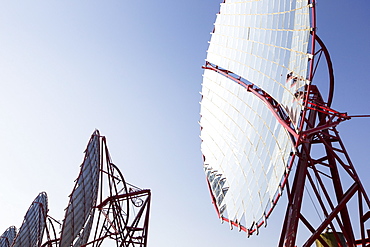
The Muni Seva Ashram in Goraj, near Vadodara, India, is a tranquil haven of humanitarian care. The Ashram is hugely sustainable, next year it will be completely carbon neutral. Its first solar panels were installed in 1984, long before climate change was on anyones agenda. Their energy is provided from solar panels, and wood grown on the estate. Waste food and animal manure is turned inot biogas to run the estates cars and also used for cooking. Solar cookers are also used, and the air conditioning for the hospital is solar run. 70 % of the food used is grown on the estate. They provide an orphanage, schools for all ages, vocational training, care for the elderly, a specialist cancer hospital withstate of the art machinary, and even have a solar crematorium. This shot shows solar panels that focus the suns rays on heat exchangers to boil oil, which is then sent down to the kitchens below to heat the cookers.
